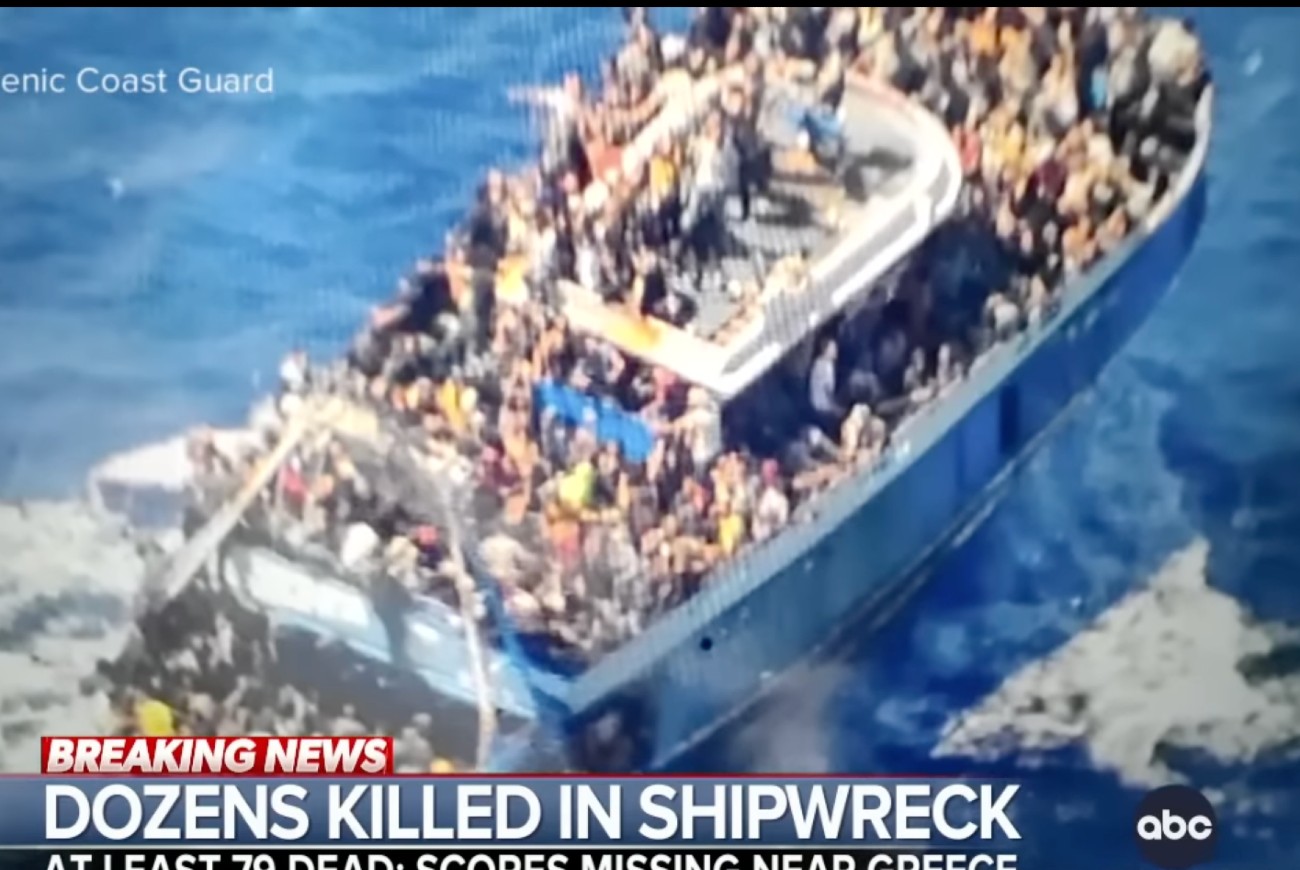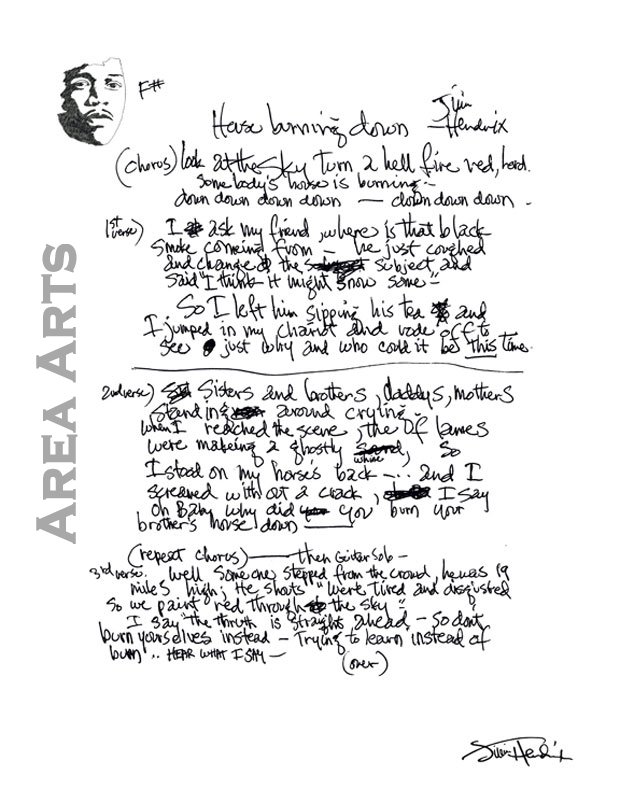Table Of Content

On November 30, 1994, the Achille Lauro caught fire while sailing to South Africa. The majority evacuated the next morning when the ship listed, but two people were killed before it sank on December 2. The Achille Lauro, originally the ocean liner Willem Ruys, was converted into a cruise ship by Italian businessman Achille Lauro in 1965. It had a series of unfortunate events, including collisions and onboard fires. The Saint-Philibert, a small cruise ship, capsized and sank on June 14, 1931, off the coast of France. This tragic event led to the loss of nearly 500 lives, with only 8 passengers surviving.
Costa Concordia disaster
If you were reading this guide because you were interested in cruise ship history, hopefully, I’ve been able to shed some light. Of all the ships on this list, few have had quite the history of the Ocean Dream. Originally ordered by Norwegian Cruise Line, and due to be named Seaward, the shipyard underwent financial troubles and cancelled the order.
What happens when a huge ship sinks? A step-by-step guide to averting disaster
If you’re looking to jet set across the pond on Southwest Airlines, you may be wondering – does Southwest fly to London? As one of the largest domestic airlines in the United States, Southwest focuses mostly on travel within the country. However, they do offer some international flights to places like Mexico and the Caribbean…. Cruise lines have also increased their collaboration with meteorological agencies to receive real-time weather updates and make informed decisions regarding itinerary changes or ship rerouting.
What are the odds of a cruise ship sinking?
During this time, the ship faced significant challenges, battling against the relentless forces of nature. The crew worked tirelessly to ensure the safety and well-being of everyone onboard. Despite the chaos and fear that engulfed the ship, acts of bravery and kindness were witnessed as passengers supported each other through this ordeal. The dinner plates that flew off the tables when the rocks first gashed the hull. The blackout after the ship’s engine room flooded and its generators failed. On November 23, 2007, the cruise ship MV Explorer sank off Antarctica after colliding with an iceberg in the early morning.
2 Men Rescued By Carnival Cruise Ship After Their Boat Sinks - PEOPLE
2 Men Rescued By Carnival Cruise Ship After Their Boat Sinks.
Posted: Mon, 29 Jan 2024 08:00:00 GMT [source]
Achille Lauro – 1988
On November 25, the Empress of Britain was requisitioned to transport troops. She made multiple transatlantic trips carrying troops from Canada to England during her service. On October 26, 1940, the Empress of Britain was bombed, and on October 28, she was sunk by a German U-boat.
In 1915, she began service as a hospital ship – the largest in the world. In 1916 she struck a German naval mine off the coast of a Greek island which caused her to sink just 55 minutes later. Often referred to as Canada’s Titanic – unsurprising considering how recent this was after the Titanic sank – the Empress of Ireland was a large passenger liner carrying almost 1,500 people. She sank after colliding with the Storstad, a Norwegian collier ship, during foggy conditions.
Uber Vs Lyft: Which Rideshare Company Is Cheaper For Long Distance Trips?
It could conveniently accommodate 1125 passengers and over 300 crew members. Cruise ferry MS Estonia was struck amidst bad weather in the Baltic Sea, which led to its demise. It was known by many names like Viking Sally and Wasa King before 1993.
An investigation focused on shortcomings in the procedures followed by Costa Concordia's crew and the actions of her captain, Francesco Schettino, who left the ship prematurely. He left about 300 passengers on board the sinking vessel, most of whom were rescued by helicopter or motorboats in the area. Schettino was found guilty of manslaughter and sentenced to 16 years in prison. Despite receiving its own share of criticism, Costa Cruises and its parent company, Carnival Corporation, did not face criminal charges.

Of these, 5 occurred when no passengers were on board, and in another, there was an engine fire during a cruise but all passengers and crew were safely evacuated. The cruise ship followed the North Atlantic route between Liverpool and Quebec. Though it contained 42 lifeboats, only four could be launched in water as it tilted on her starboard side, causing panic and chaos onboard the ship.
Additionally, developing onboard systems that provide real-time weather updates to both crew and passengers can greatly enhance situational awareness. As smoke-filled corridors, the captain ordered passengers and crew to evacuate the burning ship. Liferafts and lifeboats were lowered into the dark tropical waters as nearby ships rushed to assist.
The lifeboats wouldn't drop down because the ship was tilted on its side, leaving hundreds of passengers stranded on the side of the ship for hours in the cold. People were left to clamber down a rope ladder over a distance equivalent to 11 stories. The blackout after the ship's engine room flooded and its generators failed. An investigation initially blamed the captain for deviating dangerously close to shore—however, people later discovered that the sea charts for the area were inaccurate. The reef was marked on the map at 57 meters, while the vessel ran aground at 131 meters from shore.
Back on land, the pieces of the MS Seascape wait to be broken down. The vessel was flagged to the EU, meaning it must be dismantled in one of 46 regulated yards spread across Europe, Turkey and the US. Two months after the ship ran aground, no trace remains of the MS Seascape in the ocean – but the work continues.
GIGLIO, Italy — Ten years have passed since the Costa Concordia cruise ship slammed into a reef and capsized off the Tuscan island of Giglio. The vessel began to take on water, and issues with the watertight doors meant they could not be fully closed. The explosion caused significant damage and sank the ship in just 55 minutes.
However, the frequency of cruise ship disasters is decreasing as technology and safety improve, and we continue to learn from past tragedies. Cruise ships are a popular vacation choice for millions worldwide, offering luxurious amenities, exciting activities, and the opportunity to visit multiple destinations in a single trip. However, the safety of these massive floating hotels occasionally comes into question, particularly when considering the possibility of sinking. The Britanis entered service in 1932 as the SS Monterey, an ocean liner.
We can attribute the rarity of cruise ship sinkings to modern safety features and the robust designs of these vessels. The most recent time that a cruise ship sank was in August of 2020, when the Orient Queen was severely damaged during the Beirut explosion. At the time, the ship was moored in the Port of Beirut and was not carrying any passengers.
The iceberg tore a hole in the ship’s hull, causing catastrophic flooding. Remarkably, the entertainment staff took charge, helping passengers evacuate from the sinking liner. SS Admiral Nakhimov sank for the third and final time on August 31, 1986. The Soviet passenger liner collided with the bulk carrier Pyotr Vasev in the Black Sea near the Strait of Kerch. The collision tore a massive hole in Admiral Nakhimov’s hull, causing rapid flooding of the ship. As part of reparations, the vessel was given to the Soviet Union.

No comments:
Post a Comment